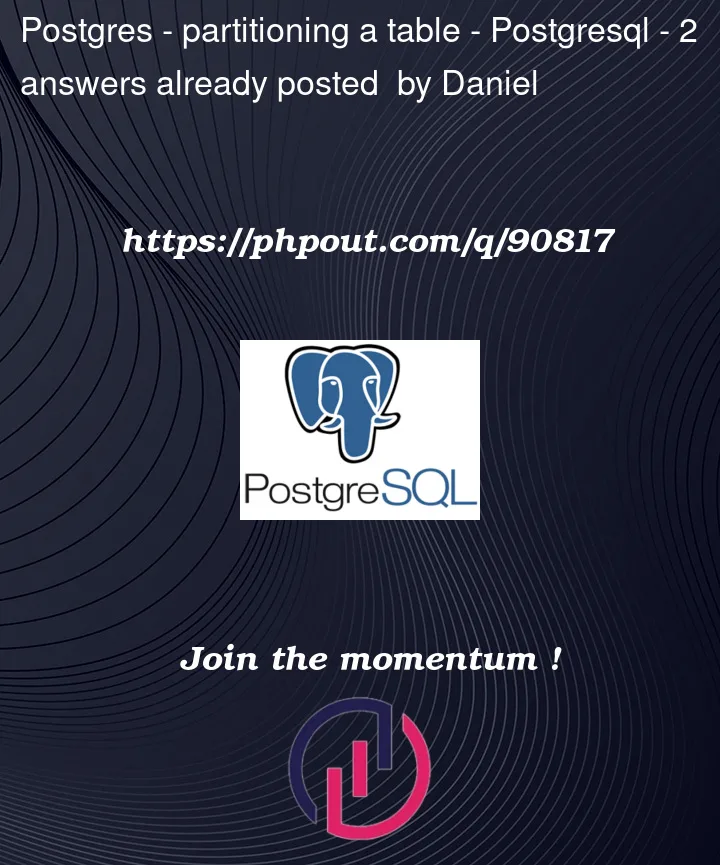How does the code look like to partition the following table. date and status are given, partition column shall be added. Column group is only to explain where the group starts and ends.
Finally, I like to do some analytics, e.g. how long takes the process per group.
In words but don’t know to convert to code:
status ‘approved’ always defines the end. Only an ‘open’ after ‘approval’ defines the start. The other ‘open’ are not relevant.
| date | status | Group | Partition |
|---|---|---|---|
| 1.10.2022 | open | Group 1 Starts | 1 |
| 2.10.2022 | waiting | 1 | |
| 3.10.2022 | open | 1 | |
| 4.10.2022 | waiting | 1 | |
| 5.10.2022 | approved | Group 1 Ends | 1 |
| 7.10.2022 | open | Group 2 Start | 2 |
| 8.10.2022 | waiting | 2 | |
| 9.10.2022 | open | 2 | |
| 10.10.2022 | waiting | 2 | |
| 11.10.2022 | open | 2 | |
| 12.10.2022 | waiting | 2 | |
| 15.10.2022 | approved | Group 2 Ends | 2 |
| 17.10.2022 | open | Group 3 Starts | 3 |
| 20.10.2022 | waiting | 3 |
Thanks for the solution. Works fine 🙂 And sorry for not using the right expression. If Group is better than Partition even better…
Can we make it slightly more complicated?
This patter in the table applis to several parent records. So in reality there is an additional column Parent ID. This table below is then for example for parent ID A. There are many more parents.
How can an additional grouping be added by Parent ID?
At eeach new parent the counting starts again at 1




2
Answers
Assuming you have the first two columns and want to derive the last two, treat this as a gaps-and-islands problem:
Fiddle here
demo based on (Mike Organek)’s fiddle.
idea: left join with distinct on can properly cut the group.
Final query (can be simplified):